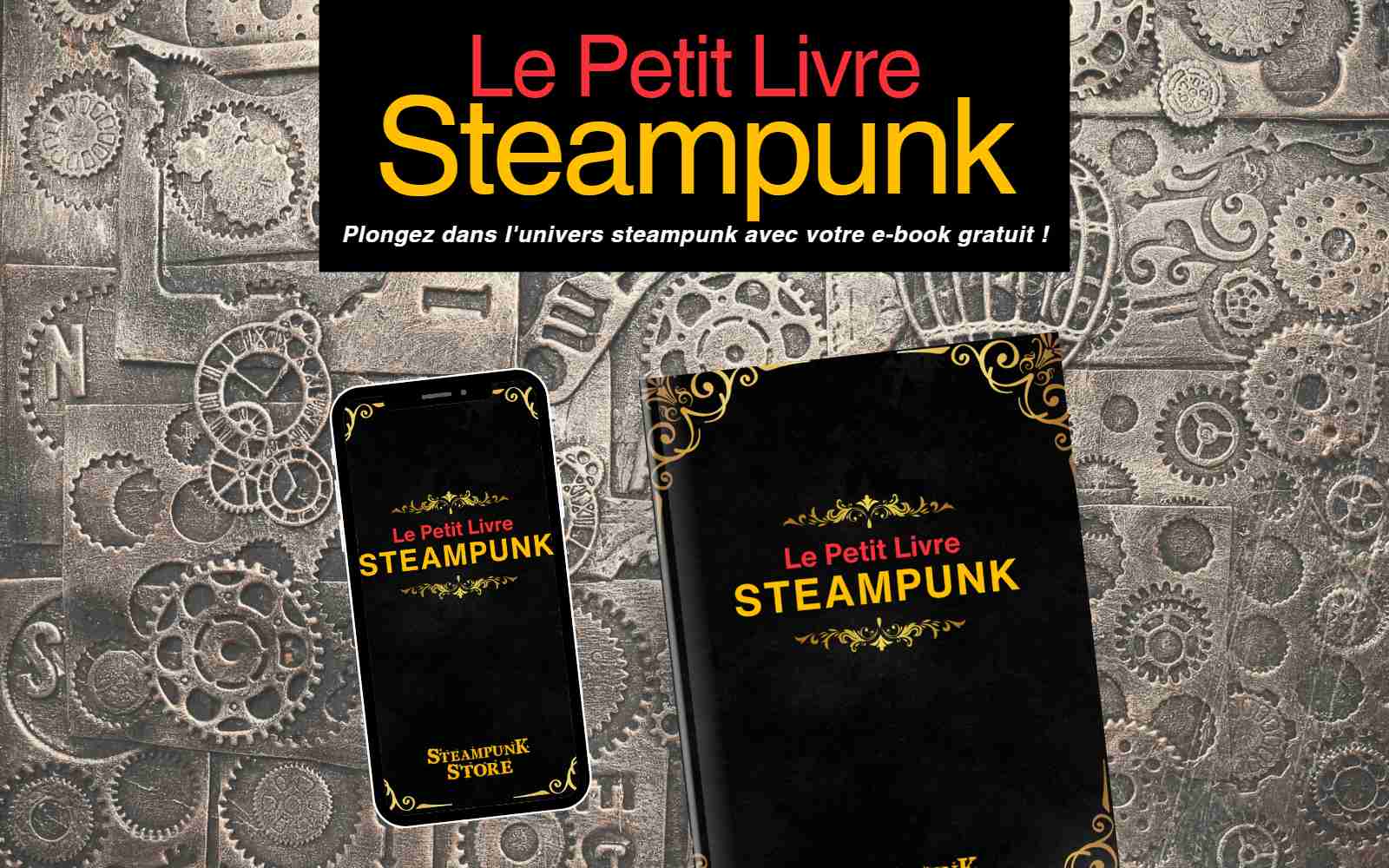
This architectural style developed in the United Kingdom during the Victorian era. In this article, we will look at the historical background, general characteristics, and different styles of this architecture.
Key points
🏛️ Historical context : Victorian architecture developed during the reign of Queen Victoria, a period marked by political, economic and social changes.
🏢 Urban reforms : Introduction of new housing laws and creation of green spaces to improve living conditions.
💡 Lighting infrastructure : Adopting gas and electricity to make streets safer and encourage economic activity.
🎨 Promotion of arts and education : Encouragement of the creation of museums, libraries, art schools and universities.
🛠️ Architectural innovation : Development of new styles and use of modern materials such as cast iron and steel.
🏰Various architectural styles : Victorian Gothic, Italianate, Second Empire, and Queen Anne, each with their distinct characteristics.
🌍 Iconic buildings : Palace of Westminster, Crystal Palace, Royal Albert Hall and Victoria and Albert Museum.
🏞️ Green spaces : Creation of public parks such as Hyde Park and Regent's Park, providing places to relax and improving air quality.
🕰️ Steampunk : Movement influenced by the aesthetics and technologies of the Victorian era, visible in literature, films and video games.
🏡 Modern Preservation : Continuing interest in the preservation and restoration of Victorian buildings, influencing contemporary renovation and construction.
Architecture and Queen Victoria: The Historical Context

Architecture is closely associated with Queen Victoria , the iconic sovereign of the United Kingdom, who reigned from 1837 to 1901. This period was marked by profound political, economic, social and cultural changes, which have influenced the evolution of our history of architecture and urban design.
Queen Victoria's reign coincided with the Industrial Age , which saw the United Kingdom transform into a major economic and political power. This period of prosperity and territorial expansion was accompanied by rapid population and urban growth, as well as a growing interest in social issues and improving living conditions.
Victorian Urban Reforms
The Queen and her government supported a number of urban reforms aimed at improving living conditions in towns and working-class neighbourhoods. London was transformed by these initiatives, which gradually transformed the city into a more welcoming, secure and suitable space for its growing population.
Notable urban reforms of the period included the introduction of new housing laws, such as the Housing Improvement and Slum Remediation Act of 1868. This legislation allowed for the demolition and replacement of substandard housing with better quality housing, thereby reducing overcrowding and improving living conditions for the poorest residents.

Another important aspect of Victorian urban reform was the development of green spaces. The creation of public parks, such as Hyde Park and Regent's Park, provided urban dwellers with places of relaxation and leisure, as well as contributing to the improvement of air quality and the preservation of urban biodiversity. These green spaces quickly became meeting places and places of conviviality for different social classes.
Improved lighting infrastructure also played a crucial role in London's transformation. The adoption of gas lighting and, later, electricity made streets safer and more accessible at night, encouraging economic activity and reducing crime.
The promotion of Victorian education and the arts
Queen Victoria and her husband Prince Albert were strong advocates of the arts, culture and education. They encouraged the establishment of cultural and educational institutions, such as museums, libraries, art schools and universities, which helped shape the architectural landscape of the time.
The Queen's involvement in political, social and cultural issues has had a significant impact, both in the United Kingdom and in the colonies and overseas territories.
Britain's architectural innovation support plan
Queen Victoria's reign supported and encouraged architectural innovation, fostering the development of new styles and experimentation with materials and building techniques. Victorian architectural styles, such as Victorian Gothic, Italianate, Second Empire, and Queen Anne, reflect this willingness to explore and combine diverse architectural influences and traditions.
Iconic buildings of the Victorian era
The era saw the construction of many iconic buildings that demonstrate the richness and diversity of architecture. These include the Palace of Westminster in London, the Crystal Palace for the 1851 World's Fair, the Royal Albert Hall and the Victoria and Albert Museum.
Victorian Architecture: Britain's Golden Age

The Victorian era was a period of significant cultural and social change in England. The Industrial Revolution and colonial expansion brought about an economic boom that allowed for the development of architecture.
The Industrial Revolution and its impact on the architecture of the United Kingdom
The Industrial Revolution introduced new building materials, such as cast iron and steel, which allowed for larger and bolder structures. Technological advances also made it easier to produce bricks and glass, opening the way for more elaborate architectural designs.
The Victorian Era: A Period of Cultural and Social Change
The Victorian era saw a revival of interest in Gothic architecture, which influenced the style of many buildings of the period. Victorian architects drew on a variety of sources of inspiration, from medieval architecture to the Italian Renaissance, to create an eclectic genre that reflected the richness and cultural diversity of the time.
Victorian Architecture: General Characteristics

Victorian buildings are known for their elaborate form and ornamentation, intricate designs, and use of varied materials.
Victorian Era Building Materials
Architects used a wide variety of building materials, such as Welsh brick , stone, wood, cast iron and steel. The use of these materials allowed for the distinct textures and patterns that characterise buildings of this period.
Decorative elements
Victorian architects placed great importance on detail and ornamentation. Decorative elements such as friezes, cornices, columns and balustrades were commonly used to embellish the facades of buildings.
Colors and patterns in England
Victorian buildings often featured bright colors and intricate patterns. Floral, geometric, and animal motifs were frequently used to decorate the interiors and exteriors of buildings of the period.
The Different Styles of Victorian Architecture

Victorian Neo-Gothic Style
Inspired by medieval Gothic architecture, the Victorian Gothic style is characterized by its pointed arches, pinnacles, and stained glass windows. Churches and public buildings were often built in this style.
The Italianate style
Influenced by the Italian Renaissance, the Italianate style is characterized by its symmetrical facades, prominent cornices, and large windows. This style was popular for Victorian-era residences and commercial buildings.
The Second Empire style
Originating in France, it is distinguished by its mansard roofs, carved ornaments and slender towers. This style was widely used for town halls, railway stations and large private mansions.
Queen Anne Style
Queen Anne style, also called Queen Anne, is characterized by its asymmetrical shapes, slender towers, and bow windows. This style was popular for country houses and middle-class urban residences in both Europe and North America .
The Legacy of Victorian Architecture

Preservation and Restoration of Victorian Houses
Many Victorian buildings have been preserved and restored, reflecting today's society's interest in this architectural period. Conservation areas and heritage associations play a crucial role in preserving these historic structures. Examples include the Painted Ladies Victorian houses , near Alamo Square Park, in a classic Queen Anne Victorian style. San Francisco's famous Steiner Street with its Postcard Row remains a beautiful place for any lover of this era even though it is located in the United States.
The Influence of Victorian Architecture in the Modern World
It continues to influence modern architectural trends, particularly in the field of renovation and residential construction. Decorative elements, motifs and materials from the Victorian era are often reinterpreted in contemporary projects to create a type of harmonious blend of old and new.
Victorian Architecture and the Steampunk Movement
Victorian architecture and the Steampunk movement are closely related. Although Steampunk is primarily a literary and artistic genre, it draws much of its inspiration from the Victorian era and its aesthetics, particularly in regards to architecture.
The Steampunk Movement: Presentation

Steampunk is a genre of science fiction that draws inspiration from Victorian technology and aesthetics. Originating in the 1980s, it is characterized by the use of steam engines and gears, as well as a mix of Victorian and Industrial era clothing, art, and architectural styles.
Influence of Victorian Architecture on Steampunk
Victorian architecture has left an indelible mark on the Steampunk movement . Indeed, the aesthetic of this movement is largely based on the architectural elements of the Victorian era.
Architectural elements borrowed from Victorian architecture
Steampunk often incorporates elements characteristic of Victorian architecture, such as intricate ornamentation, building materials such as cast iron and wrought iron, and asymmetrical shapes. Steampunk designs may also incorporate elements from different styles of Victorian architecture, such as Victorian Gothic, Italianate, or Second Empire.
Fascination with railways and technology
Steampunk is particularly interested in the machinery and technology of the Victorian era. Buildings and steam-powered machines from this period, such as train stations, factories, and locomotives, are often depicted in Steampunk artwork. Steampunk creators may also imagine buildings and objects that fuse elements of architecture with futuristic or fantastical technologies.
Examples of Steampunk Architecture

The Horta House in Brussels
The Horta House in Brussels is an example of the influence of the Victorian era and Art Nouveau on Steampunk. Designed by architect Victor Horta, the house is adorned with intricate ironwork and decorative elements that are reminiscent of the Steampunk aesthetic.
Steampunk Art Installations
Steampunk art installations can incorporate elements of Victorian architecture to create unique and intriguing works of art. For example, sculptures depicting steam engines, airships, or giant clocks can be adorned with Victorian architectural elements such as cornices, columns, and friezes.
Victorian Architecture and Steampunk in Popular Culture
The influence of Victorian architecture on the Steampunk movement can also be seen in popular culture, including TV series, films, video games, and novels.
-
Movies: Some films borrow elements of Steampunk architecture to create visually stunning worlds. Films such as Hayao Miyazaki's "Howl's Moving Castle," Luc Besson's "The Extraordinary Adventures of Adele Blanc-Sec," and Stephen Norrington's "The League of Extraordinary Gentlemen" are good examples. Victorian-era films are of course an endless source of inspiration.
-
Video games: Steampunk video games often draw inspiration from Victorian architecture to create immersive and detailed environments. Games like "Bioshock Infinite," "Dishonored," and "Sunless Sea" illustrate the influence of architecture on the design of these virtual worlds.
-
Novels: Since Steampunk originated as a literary genre, it is natural that many Steampunk novels incorporate elements of Victorian architecture into their plots and descriptions. Authors like Jules Verne, HG Wells, and Philip Pullman used Victorian settings to bring their imaginary worlds to life.

Victorian architecture and the Steampunk movement are closely related, with Steampunk drawing much of its inspiration from the aesthetics and architectural elements of the Victorian era. This influence can be seen in various forms of art and culture, from art installations to films, video games, and novels.







